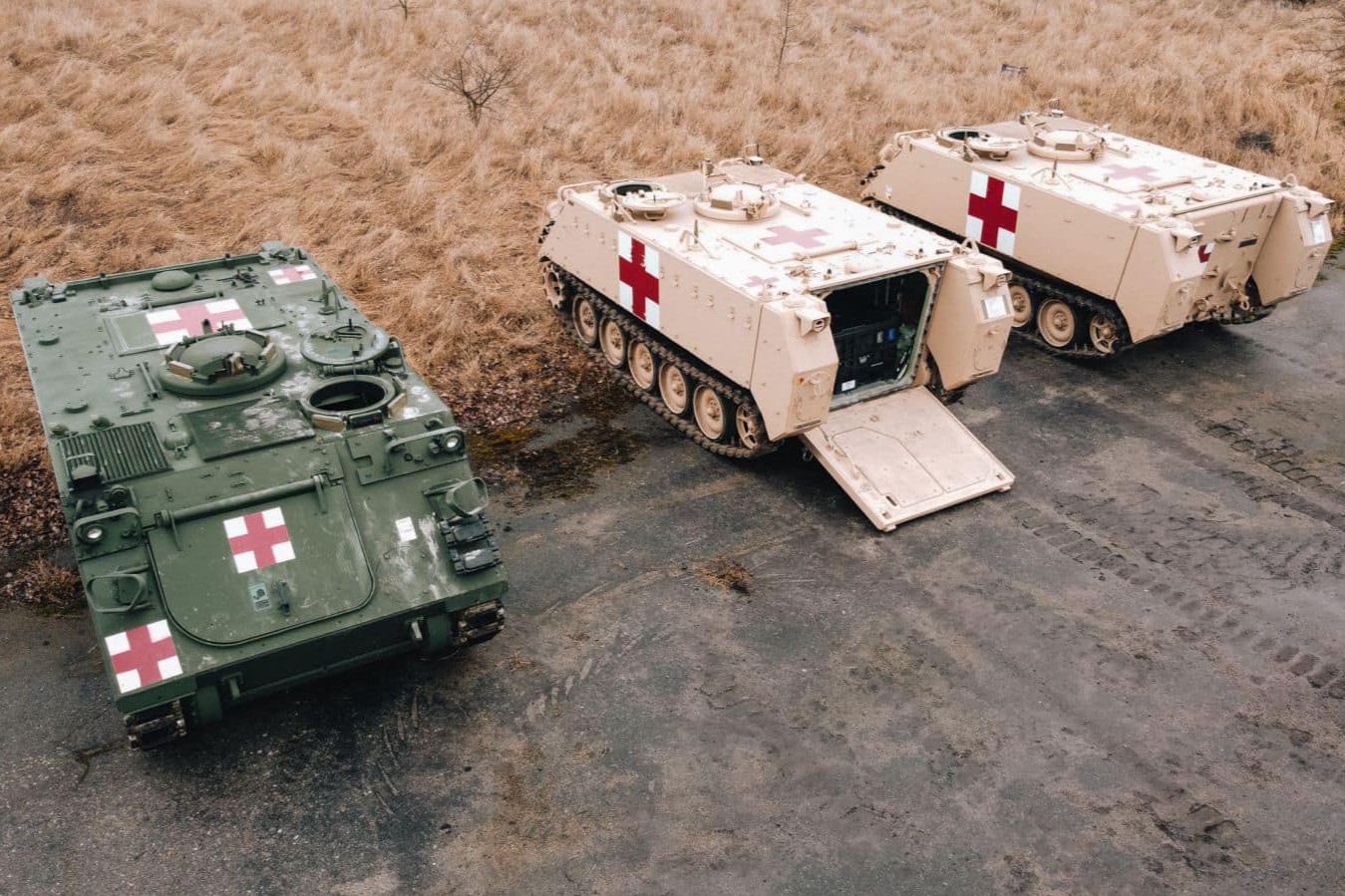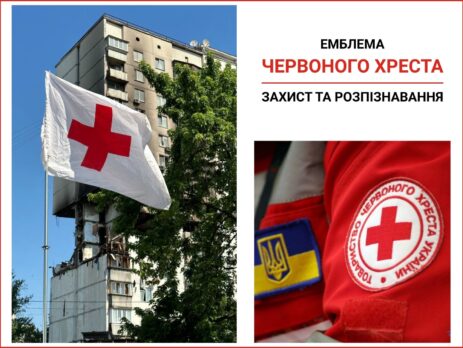The Protective and Indicative Functions of the Red Cross Emblem
The Red Cross emblem is the most recognised symbol of protection in the world, with a history spanning over 160 years. It was officially adopted at the diplomatic conference in Geneva in 1864. Since then, the Red Crescent and the Red Crystal emblems have also been introduced, carrying the same meaning. All three emblems serve two key purposes: protective and indicative.
The Protective Function of the Red Cross Emblem

During armed conflict, the Red Cross emblem on a white background provides protection to:
- medical personnel and medical transport of the armed forces
- religious personnel of the armed forces (such as chaplains)
- civilian medical personnel (only with special authorisation from the Ministry of Health of Ukraine)
- medical personnel and medical units of the Ukrainian Red Cross Society
- medical units and personnel of foreign Red Cross and Red Crescent Societies
- international Red Cross and Red Crescent organisations and their authorised representatives
The Indicative Function of the Red Cross Emblem

In both peacetime and armed conflict, the Red Cross emblem is also used as an indicative sign to show that a person or object is affiliated with the International Red Cross and Red Crescent Movement.
In such cases, the emblem must be smaller in size and include additional text and/or visual elements. The Ukrainian Red Cross Society (Ukrainian Red Cross) uses its own indicative emblem (logo) for this purpose.
Misuse of the Emblem

Please note that in Ukraine, the unauthorised use of the Red Cross emblem is a criminal offence, as outlined in Articles 435, 438, and 445 of the Criminal Code of Ukraine.
The Ukrainian Red Cross, in accordance with national legislation and its statutory mandate, systematically works to protect the Red Cross, Red Crescent, and Red Crystal emblems from misuse.
We urge everyone to remember: misusing the Red Cross emblem endangers medical personnel and those in need of assistance in conflict zones.

